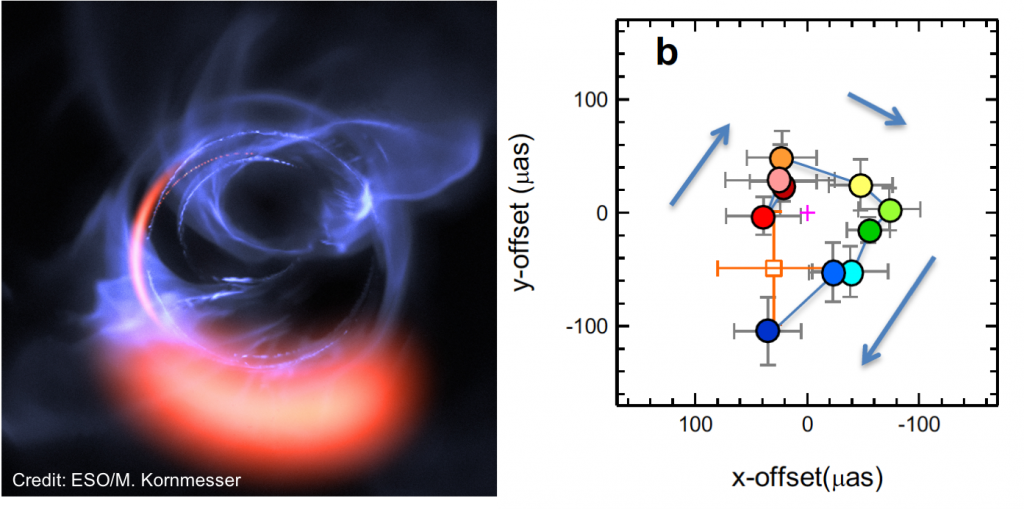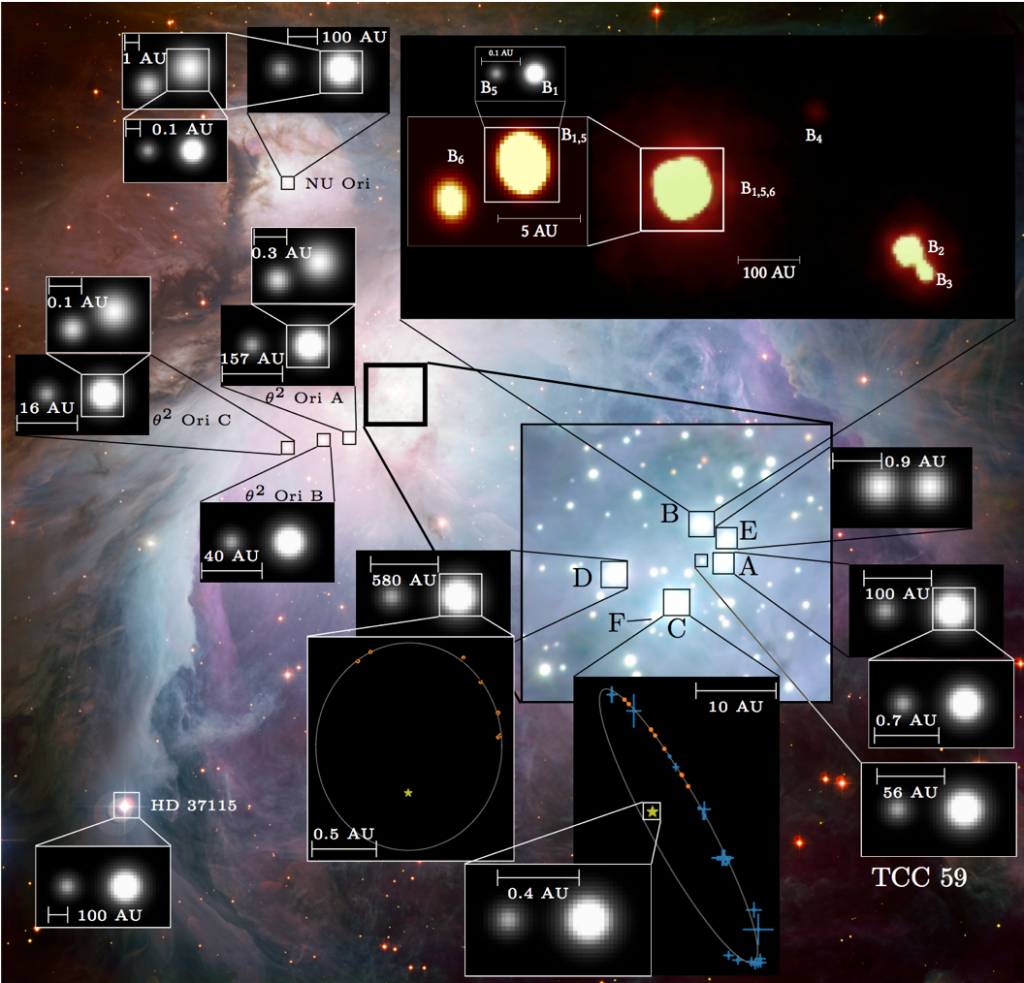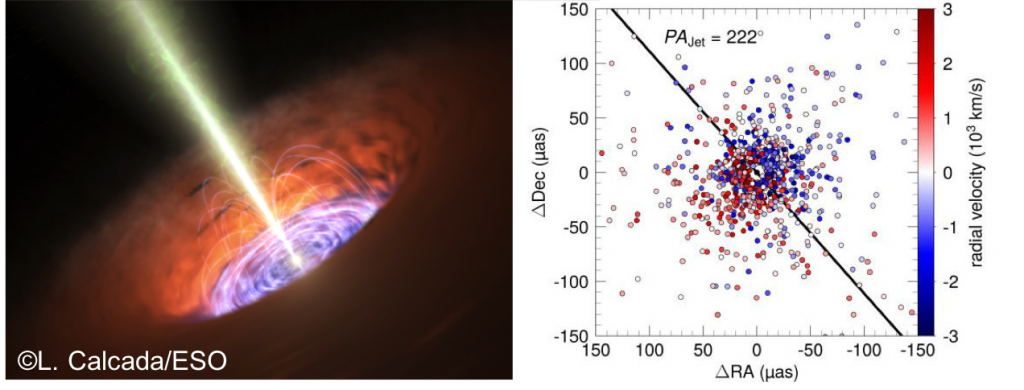Highlights 2018

GRAVITY collaboration, et al. 2018b, Astronomy & Astrophysics, 618, L10
We detected orbital motion at the innermost stable orbit of the supermassive black hole SgrA*. This discovery not only provides compelling evidence for a supermassive black hole but also has the potential to probe the spin in the near future.
Link to ESO press release

GRAVITY collaboration: Karl, Pfuhl et al. 2018, Astronomy & Astrophysics, 620, 116
High mass star formation. Several mechanisms have been proposed to explain the formation of massive stars in the face of radiation pressure. My master student and I observed in a recent study the Orion Nebulae, a proto-typical massive star formation region. We used interferometry to test formation models through the detection of gravitationally bound companion stars. Our results pose a challenge to current formation models based on the large number of detected low mass companions.

Sturm, Dexter, Pfuhl et al. 2018, Nature, 563, 657 :
We used spectro-astrometry with GRAVITY on the massive quasar 3C273, with the goal of measuring the broad-line region (BLR). This region, so far only accessible through indirect techniques, can be probed by an astrometric shift across the emission line. In this proto-typical system we were able to answer a long standing question on the orging of the BLR emission. We could show that the BLR is dominated by Keplerian rotation of high velocity clouds. Further, we obtained the black hole mass and BLR size with unprecedented accuracy.
Link to MPE press release

GRAVITY collaboration, et al. 2018a, Astronomy & Astrophysics, 615, L15
We measured the general relativistic redshift of the star S2 as it passed the supermassive black hole SgrA* at a distance of only 17 light hours (GRAVITY collaboration, et al. 2018a). I played a key role especially in the astrometric analysis and orbit reconstruction. The immediate next objective of this project is the detection of Schwarzschild precession and higher order post-Newtonian perturbations of the S2 orbit.
Link to ESO press release